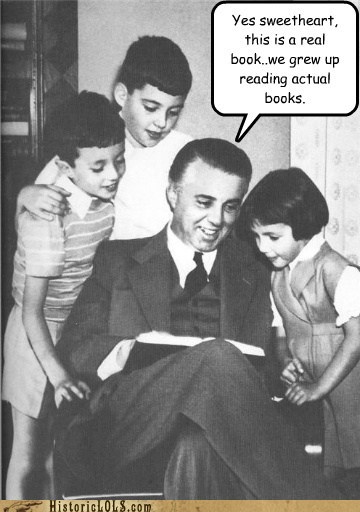As a publishing industry professional, I’m often asked, “How do I get published?” Here’s my second post on what you can do now to help your chances of getting out of the slush pile and into the bookstores. This is focused on how to be published with traditional publishers, but these tips will help you with self-publishing too.
“How Do I Get Published?” See Your Name in Print #2:
Prove That Your Book Has Sales Potential
One way to convince a publisher to publish your book right now is to have solid data showing that there is an interest in buying it. The way most writers approach this is through tip #1, Establish Yourself As An Expert, but it’s not the only way. The way we’re looking at today is showing how similar books sold well.
Smart publishers will look at how well comps (industry term for competing titles in the same category) have done. A perfect pitch would mention one or two books on the same subject that have sold well. If the publisher can’t find comps that cover the same topic, they try to bring up several books that cover similar themes. In addition to comps with poor sales, a red flag is if there are fifty comps (too much competition) or if the big sellers have some exciting extra characteristic, like they’re written by a celebrity.
Neilsen Bookscan
Now for the bad news: publishers make their lists using Neilsen Bookscan. Bookscan is not priced to be affordable to the general public, or even indie publishers. It’s like my Palm Beach momma used to say, if you have to ask, you can’t afford it. So you will not be able to come up with a tidy little list of comps like your publisher will.
What Can I Do To Show Comp Sales?
The best tool writers have available at this point is Amazon.com. While not quite as respected as the New York Times Bestseller Lists, you can pull up bestseller lists for very specific niche categories. For example, say you’ve written a book on the lighting in major hotel chains. Seems like a weird topic, but who am I to judge? You’d then be thrilled to know that Amazon has a bestseller list for the top sellers in the category of:
Books › Crafts, Hobbies & Home › Interior Design › Lighting› “photography”
…and on that list, there today at #5 is a book on hotels in Asia. This book must be selling pretty well to make this list, right? So you would add it to your list of potential comps. There is an even closer comp at #12, Lighting Modern Buildings. You would also be wise to mention that the these books that continue to sell so well are more than three years old (to an acquisitions editor, that’s a senior citizen). So you may ask yourself, “Self, how do I get published my brilliant book of hotel lighting photography?” And there is your answer: You have a book in a category that has sold well, but offers something a little bit different.
Keep track of your comps, and see what other categories you can find that your comps might be showing up in. Of course, if you can find comps in a less specific best seller list, so much the better. Better to have published a bestseller in the category books > fiction than in books > fiction > romantic fiction > vampire fiction. But you don’t need to be a marketing genius to answer the question “How do I get published?” by replying “Write the next Twilight!” The subcategories can help you find published books that are selling well, but not well enough to make the “New York Times bestseller list.”
One final word of advice on #2: “How Do I Get Published?”
I must advise you, though: don’t ever write a query letter that says, “MY book will be a bestseller!” No one knows what will be a bestseller; and such claims only come off as both foolish and egotistical. Better to enclose a table with the sales data of competing books. Say something tactful like, “Here are the best sales figures I can gather on similar books” and let the comps speak for themselves. It’s a marketing version of “show don’t tell” and doing your best to come up with these figures will show that, in addition to writing a heart-wrenching breakout fitness book, you are also a levelheaded professional. That is how you get published.
I Lied, One More Tip on Getting Published By Proving Your Sales Potential
It’s never too early thinking about this stuff. I’m not saying you have to let marketing influence what you write about. Most writers have something they’re passionate about, and that should be the first clue as to where their pens lead them. But not every decision will be that simple. For example, say you have two books you want to write, one about festering sores, and one about dragons. The dragon subject is, erm, slightly more popular…so maybe write that one first. Or say you’re writing a novel, and you want your protagonist to be religious, but don’t care too much one way or the other what religion she is…then it would be good to know that there have been a string of bestsellers lately in the genre of Amish Romance (No, really). Don’t let that knowledge lead you to write about something you don’t care about. But if it’s just the same to you, being able to mention your love triangle among three devout bonnet-wearing Pennsylvanians will get a publisher’s eyes spinning into dollar signs. And while you the writer care nothing for such low-brow concerns, your publisher’s favorite word will always be Cha-CHING.
